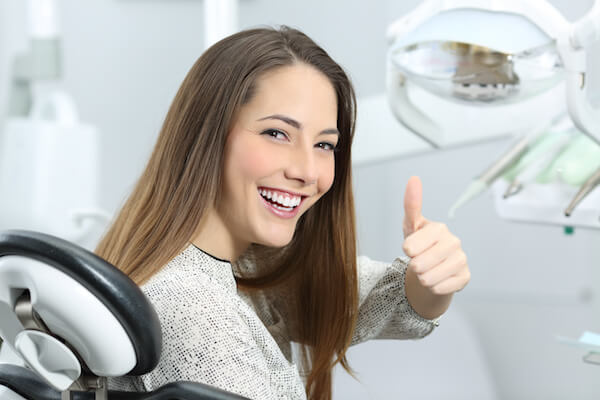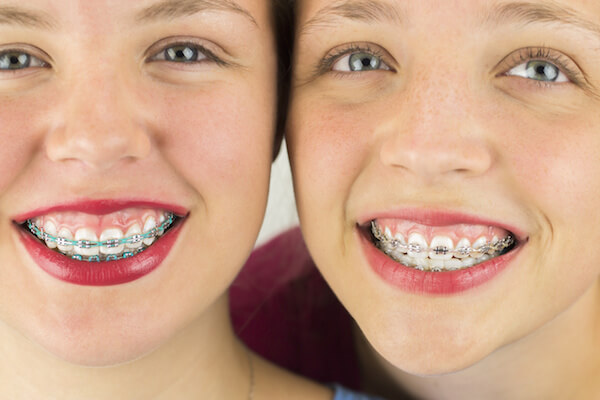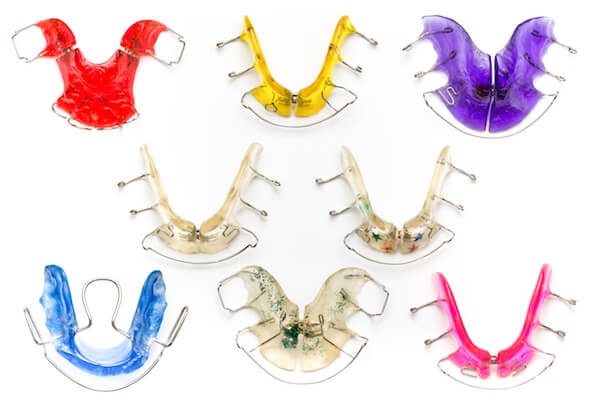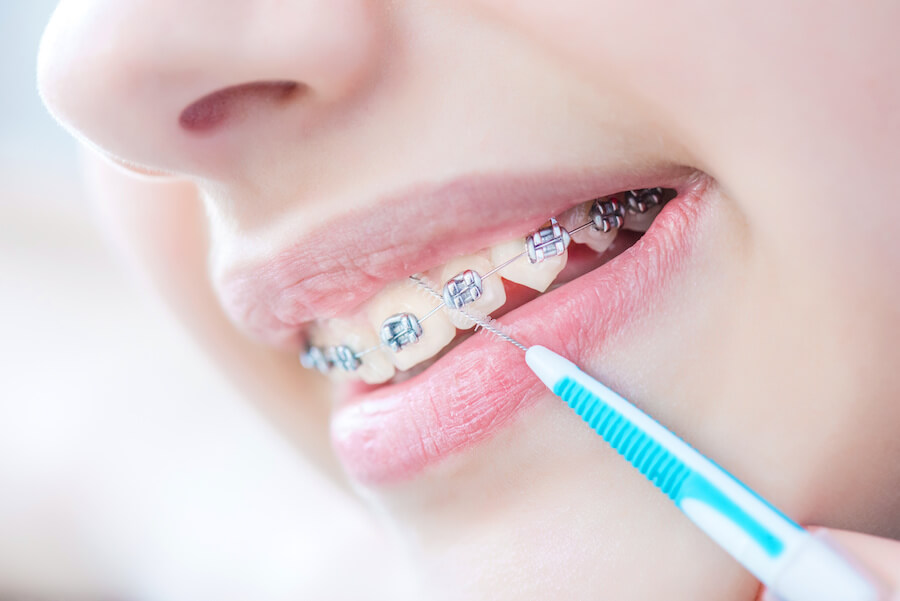The Day Your Braces Come Off

After months of having to deal with uncomfortable wires that poke and prod your cheeks, being unable to eat some of your favorite foods, and spending hours in the orthodontist’s office, it is the day you have been waiting for – the day your braces come off.
We want you to be fully prepared for this extremely exciting day. That is why we have created a brief guide that outlines what to expect when you head to your last orthodontist visit and the braces are to be removed.
Prepare for the Unexpected
Just because you are heading to your last orthodontist visit doesn’t mean something unexpected can’t occur. To avoid disappointment, prepare for the unexpected. In this case, prepare for the possibility the braces may not be removed.
Many orthodontists make an estimate on when the braces should be removed. This estimate is based on how fast or slow they believe your teeth will move within your mouth. Unfortunately, things don’t always go as planned, which can delay when your braces will be removed.
If your teeth don’t shift into place as expected between your last adjustment appointment and the day your braces are supposed to come off, your orthodontist may need to push back their removal. This doesn’t always happen, but to avoid disappointment, it is important to realize there is a possibility you might need to wait just a little longer to have those braces removed.
A Closer Look at the Removal Process
The removal process may appear to be intimidating and scary but it is fairly straightforward and relaxed. The orthodontist will start by assessing whether your teeth have shifted to their desired position. Once it has been determined that your orthodontic treatment is complete, it is time to remove the braces.
The orthodontist will take a pair of dental pliers and remove each of the brackets on your teeth. This is a time-consuming process. After the removal of the brackets, the orthodontist will use professional dental tools to scrape any glue leftover and clean the teeth.
Removing braces looks painful, but you will experience little pain. There may be some pressure placed on the teeth and gums as the wires or brackets are removed, but there is no pain with the removal process.
The Very Last Step of the Removal Process – The Retainer
Almost every person who has worn braces will have to wear a retainer at night. The retainer keeps your teeth held in position and prevents them from shifting. Being fitted for your retainer is the very last step of the removal process.
Once your orthodontist has completely cleaned your teeth and removed all wires and brackets, he or she will take an impression of your teeth. This impression will be used to create your customized retainer.
The retainer may be uncomfortable when you first wear it. However, over time, you will notice it becomes more comfortable.
The length of time you will have to wear the removable retainer is full time 24/7 for the first 30 days, then, you will need to wear it at night daily for the rest of your life or as long as you would like your teeth to remain in the same positions as they were when the orthodontic treatment finished. If you have clear retainers, they have to be replaced every 6 months to 2 years depending on the care you gave them and if you have the traditional Hawley retainers, they have to be replaced every 5-10 years depending on their wear. Your Orthodontist will choose the best retainer for you to wear and will give you instructions on how to wear it.
Other Things to Consider After the Removal of Your Braces
There are other things you need to consider and/or do once your braces are removed. Keep the following things in mind as you prepare for the removal of your braces:
- Spots and discoloration may be present on your teeth
- Teeth may be sensitive for several months as the enamel thickens
- Avoid bleaching or whitening your teeth for several months as your teeth are sensitive
- Don’t go overboard with eating all the foods you had to avoid without braces
- Prepare to wear your retainer every evening as directed
- Schedule a full professional cleaning with your dentist as there may be spots that need a complete cleaning
If you are considering braces or in need of a new orthodontist, contact Valderrama Orthodontics in Melbourne, Florida. We provide a variety of orthodontic treatment including traditional braces, Invisalign, retainer creation, and lingual braces for teens and adults. Call us today to schedule an appointment or to ask our friendly staff any questions you may have regarding orthodontic treatment.











Let's Get Social